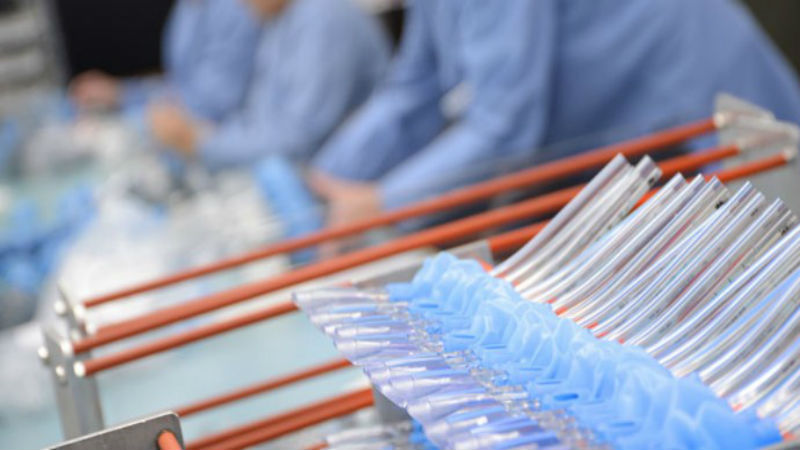Among the many different methods available from many companies supplying plastic molding services is dip molding. Dip molding describes a specific method of producing a molded part. With its roots in the United Kingdom and America, it continues to grow its markets in these countries.
What Is Dip Molding?
Producing a component using this method involves dipping a mold, form or mandrel into a polymer bath. This attracts a thin layer of film deposit raising it out of the bath. The next step is to dry the film before removing it and returning to the initial dipping process. A complete dipping cycle can take anywhere between four to 50 steps to complete. Companies providing these type of plastic molding services prepare the component from various materials. While the most common is the affordable and easy to process plastisol, natural rubber latex, and urethane.
Advantages
Dip molding is becoming increasingly popular among companies who are looking for two major characteristics in their reduction of such thin film products as latex gloves and condoms:
1. High volume production
2. Exceedingly consistent wall thickness
Other markets for plastic mold dipping are producers of various natural rubber products including toy balloons, breathing bags and urinary catheters. They prefer this method because of its:
Low tooling costs
Fast and inexpensive introduction and accommodation of new product designs
Ease and low cost of color changeover
Custom molding is possible quickly, easily and cost-effectively
Plastic Molding Services
Among the various techniques, plastic molding services employ to form plastic into viable components is dip molding. This method uses several types of plastics, but the most dominant is natural rubber latex. While not the most common means of producing plastic products, dip molding is slowly increasing its market share in the United States by between 6% and 10% annually indicating this process possesses strong growth potential in the coming decades.





